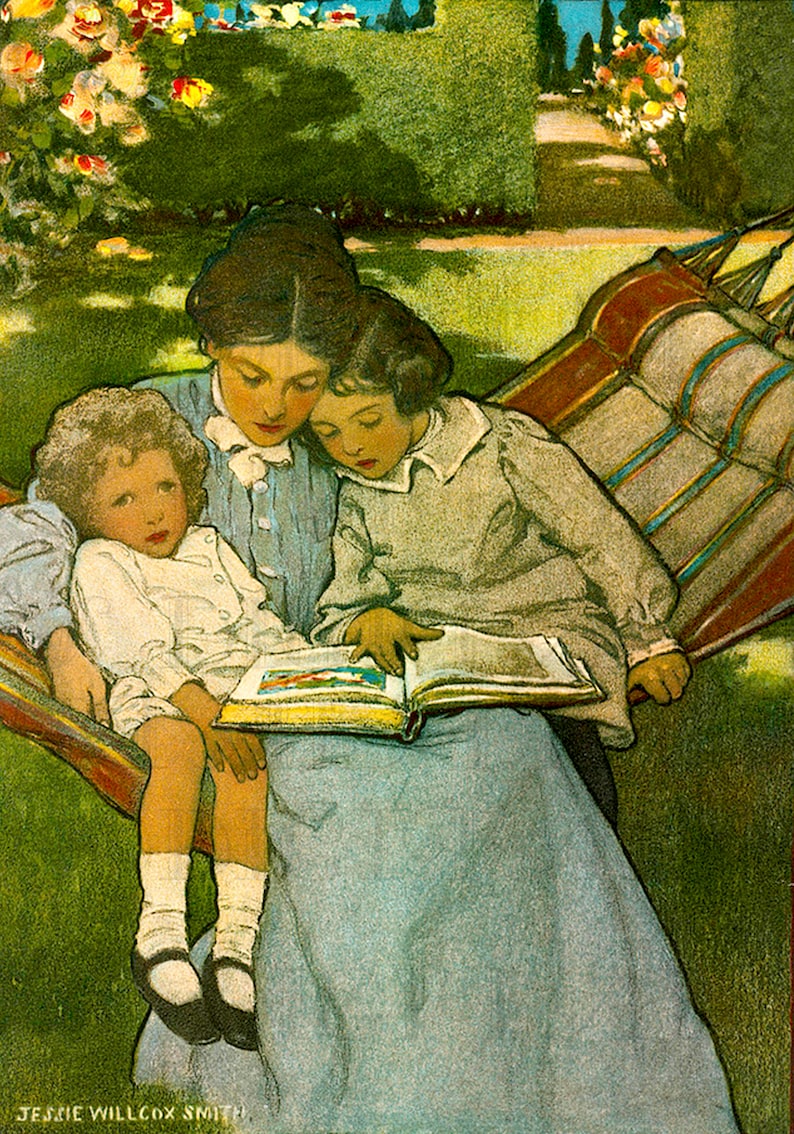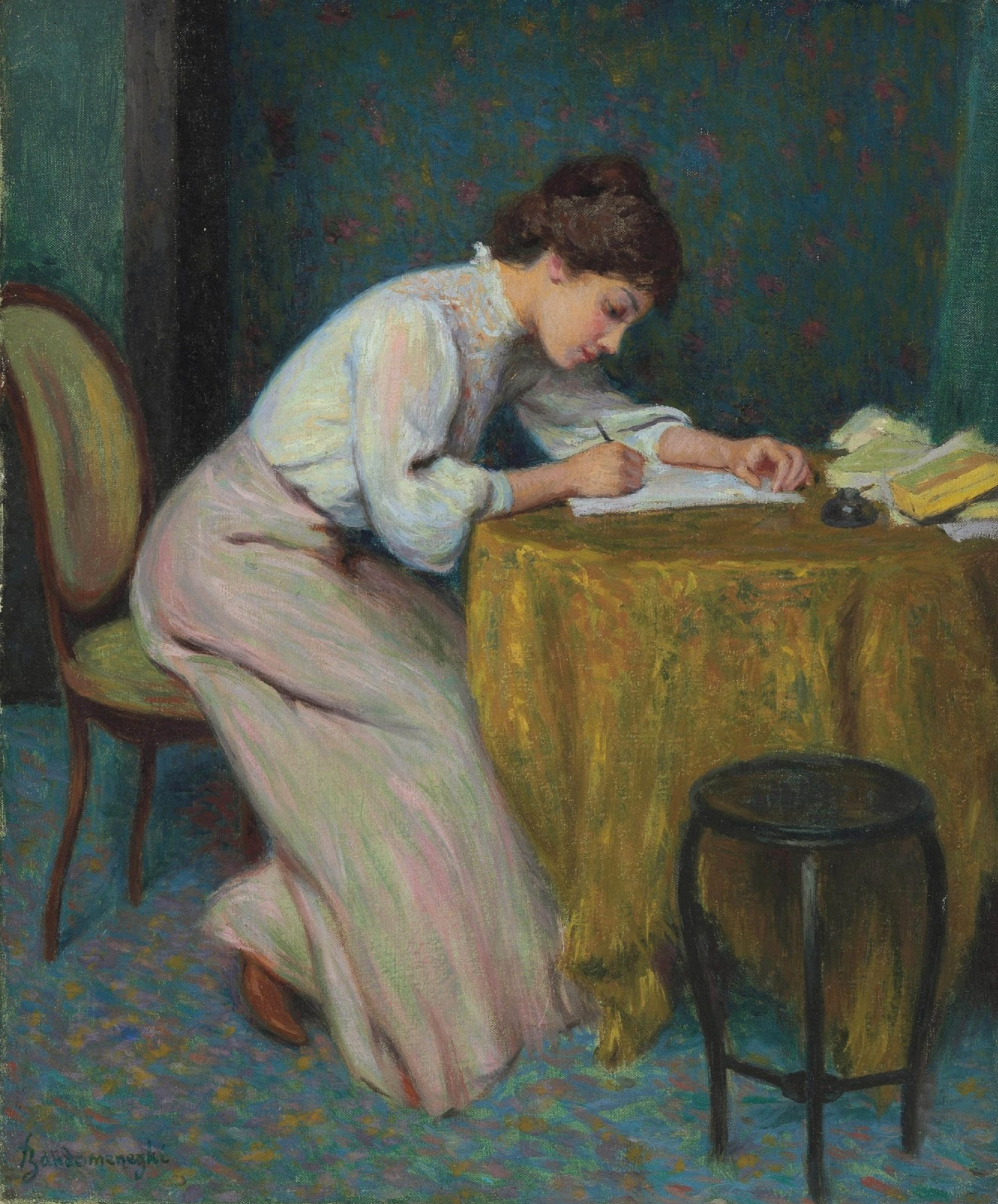With the onset of research about literacy and reading – especially among young people – some thoughtful writers have shared their input. Here are some valuable morsels about these trends:
From the notebook substack – “Shouldn’t Some Things Be for Kids?”
But most good art for children, I think, starts with the understanding that the child’s eye view of the world is not just the perspective of a “very short adult.”5 Much of the best of the stuff made specifically for children and teens is memorable because it takes full advantage of what is special and particular to those moments in our lives. If you think about the anarchic illustrations of Maurice Sendak, or the high adventure thrills of a Miyazaki movie like Castle in the Sky, or the emotional worlds of books like The Neverending Story or The Little Prince, you can see that these works are not easily transposed into adult terms.6 They wouldn’t be improved by a sprinkling of grit. They’re not held back by being for children, they’re not lesser, they’re just different.
This, I think, is part of a trend that can be positive (i.e. encouraging adults – a la’ C.S. Lewis’ ‘you’re never too old to ready fairy tales’ – to read great books again); however, it’s also been propositioned into books written really for adults. Movies, too, attempt this double take for child and adult audiences with action for children and entendres for adults. This doesn’t work, though. It leaves the action dull, and the entendres pointless. Write great books for children that you may revisit as an adult with delight, I say.
This is a great summary of the beautiful work being done publishing works from Catholic female writers who – popular in their own time – feel out of being published. They have been rediscovered and revived to share the art of their literary writing and spiritual imagination.

For scenes of ordinary life—of ordinary women going about the daily round of cooking and feeding, scenes in which these simple tasks take on the majesty of consecrated activity, even the power to defend a neighborhood against war—no Catholic novel can compete with the lost works of Irish women: Maura Laverty’s Never No More (1942), Mary Beckett’s Give Them Stones (1987). In the hands of Laverty and Beckett, the simple tasks—baking bread, peeling potatoes—become incarnate signs of divine reality and sometimes manage to hold back real evil: the rebel’s gun, the sinner’s violence.
For the non-Catholic reader, these lost women novelists offer a crucial but overlooked vision of modernity, often expressed with great literary skill. For the Christian reader, these novels offer a means for holding together areas of contemporary life that have become increasingly divided. Most of the lost women novelists were writing at a time when the Church was struggling to define its relationship with a secular world.

This book review highlights the value of the story in the journey of learning.
In Learning to Love, I take this paradigm of pilgrimage and apply it to certain realities in college. Each stage of college life has enticements and attractions that may lure students off the path. We need to do some deconstruction before we set a proper foundation for the pilgrimage. My goal is to re-image what education is—from a dry, stuffy, and dull task to a joyful, life-giving, wonderful journey.
